The Crab Nebula: A Cosmic Design

This complex image uses data from three of NASA's Great Observatories. The Chandra X-ray image is shown in blue, the Hubble Space Telescope optical images are in yellow and red, and the Spitzer Space Telescope's infrared image is in purple. The X-ray image is smaller than the others because tremendously energetic electrons emitting X-rays radiate away their energy more quickly than the lower-energy electrons emitting optical and infrared light. Along with many other telescopes, Chandra has frequently observed the Crab Nebula over the course of the mission’s lifetime. The Crab Nebula is one of the major studied objects in the sky, truly making it a cosmic icon.



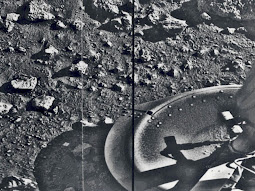
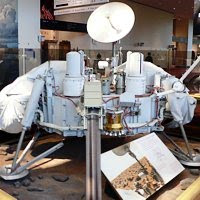


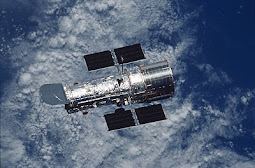
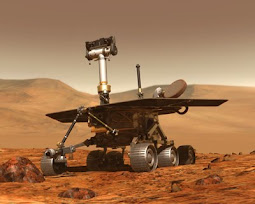



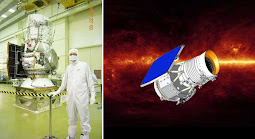
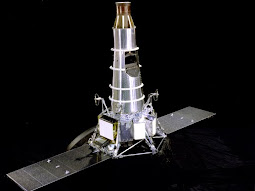
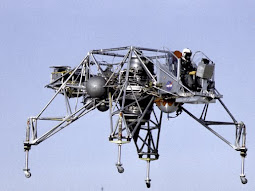



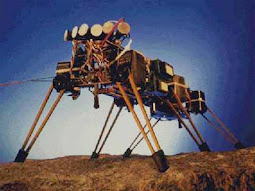
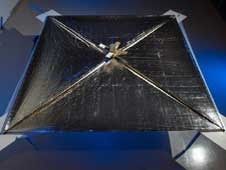


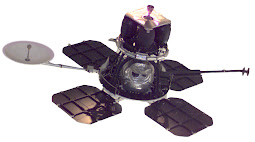
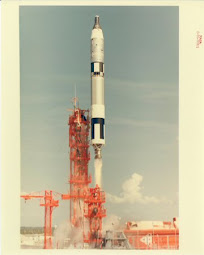


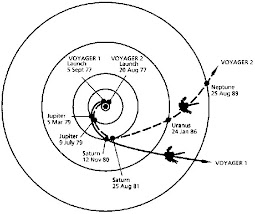

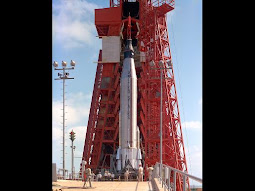

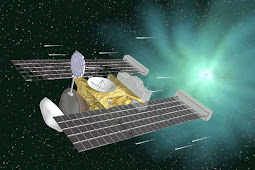
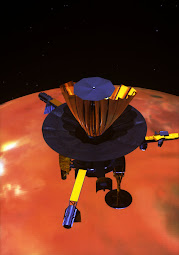
0 comments:
Post a Comment